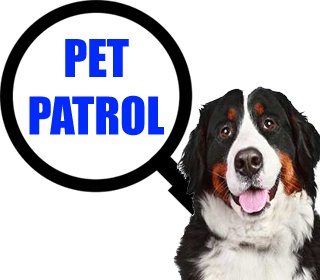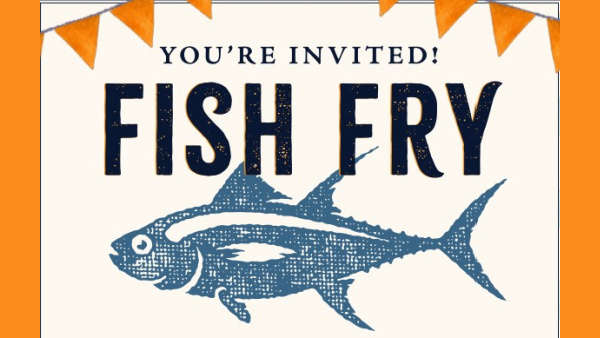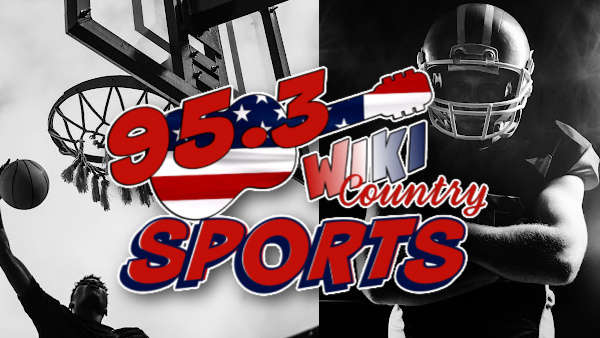New Indiana Hunting & Trapping Guide now available
|
The new DNR Hunting & Trapping Guide is on shelves now. Pick up a copy at your local retailer, a DNR property, or when you visit us at the Indiana State Fair. The new guide is available online at hunting.IN.gov.
|
|
|
Deer licenses for sale - don't wait to buy!
Don’t wait – prepare for deer hunting season! You can purchase your 2021-22 deer hunting license now. Season dates and answers to deer hunting FAQs can be found at deer.dnr.IN.gov. Deer licenses can be purchased at an authorized retailer or online at on.IN.gov/inhuntfish. You must have an Access Indiana account before purchasing your license online. If you have not already created your account, we recommend getting set up ahead of time to avoid any delay.
Have questions about licenses, seasons, or regulations? Contact our Deer Hotline at INDeerHotline@dnr.IN.gov or 812-334-3795 from 8:30 a.m. to 4 p.m. ET, Monday through Friday.
Learn to process your own deer
Are you interested in learning the skills to take wild game from field to table? The Purdue Cooperative Extension Service in partnership with Indiana DNR will hold its award-winning deer processing workshop at two locations this September. The workshop includes a demonstration of deer processing and packing techniques, venison recipes, and food safety information.
- Sept. 7, 6–9 p.m. ET – Purdue Extension Food Safety Hub at the Vincennes University Ag Center, 4207 Purdue Road, Vincennes 47591. Call Valerie Clingerman at 812-882-3509 to register.
- Sept. 17, 6–9 p.m. ET – Davis Purdue Ag Center, 6230 North State Road 1, Farmland 47340. Call Jonathan Ferris at 765-973-9281 to register.
Adult registration is $10, and children are admitted free of charge. Advance registration is appreciated.
Blue-winged teal in flight at Willow Slough Fish & Wildlife Area.
Hunting season is almost here
Hunters can look forward to seasons opening within the next month. Gray and fox squirrel hunting opens first on Aug. 15. Sora, mourning dove, and snipe seasons open Sept. 1. Check out this year’s season dates for early migratory game birds and remember to purchase your hunting license.
The September teal hunting season opens Sept. 11. Only blue-winged and green-winged teal are legal for harvest and shooting hours are sunrise to sunset during this special season. Hunters will need a valid Indiana hunting license, waterfowl stamp privilege, federal duck stamp, and completed HIP registration.
Goose seasons for all three zones (north, central, south) will open Sept. 11. Find all season dates online.
Harvest Information Program (HIP) registration
If you don’t already have your Harvest Information Program (HIP) number for the 2021-22 migratory bird seasons, register now online or by calling 866-671-4499. It’s easy to register online. There’s no cost for using either method.
Wear it Indiana!
|
Personal flotation device. PFD. Life jacket. Life preserver. Whatever you call this life-saving piece of equipment, remember to wear it while boating or swimming. Each summer, too many lives are lost on the water. Wearing a PFD can prevent most, if not all, of these tragedies.
|
|
|
Protect your fish from late summer fish kills
|
Late summer is a difficult time for fish in your pond. Temperatures are peaking, and this can cause some biological changes in the water. These changes could result in less oxygen, causing fish to suffocate. Properly aerating your pond (adding oxygen) and avoiding application of chemicals during late summer are key to ensuring your fish survive. Learn more about fish kills and techniques to avoid them on our pond management page or check out our pond management guide.
Suspected fish kills can be reported through the sick or dead wildlife form on our website.
|
Share your feedback on fish and wildlife regulations
We want to hear your ideas for fishing, hunting, trapping, and other fish and wildlife-related regulations in Indiana! Through Sept. 15, you can use our convenient online form to contribute your ideas and/or provide input on issues the DNR has identified for consideration. Input and ideas can also be mailed:
Indiana DNR Division of Fish & Wildlife
Attn: Got INput
402 W. Washington St., Room W273
Indianapolis, IN 46204
After Sept. 16, DNR staff will evaluate all comments and determine which ideas to forward to the Natural Resources Commission for consideration.
Our biologists can help you with wildlife habitat
|
Our district and urban wildlife biologists are happy to help you create or maintain wildlife habitat on your property! Whether you have questions about attracting certain wildlife species, establishing native grasses and wildflowers, or methods for maintaining existing habitat, our experts have resources and recommendations available to you, free of charge.
Besides free technical assistance, there are several state and federal programs that offer financial assistance for wildlife habitat projects. Land use, geographic location, and targeted species influence eligibility. A comprehensive list of programs can be found on our website. Our biologists can also help determine which program is best for you.
|
August is National Shooting Sports Month
|
August is National Shooting Sports Month, dedicated to encouraging participation in the shooting sports and emphasizing firearms safety. It’s a great chance to introduce friends, family, and newcomers to shooting sports, and the perfect time to practice target shooting before hunting season. Indiana DNR has many public shooting ranges across the state suitable for rifle, shotgun, handgun, and archery. Visit our website for more information on locations, hours, and available lane types.
|
|
|
Finding thrills in Indiana’s grasslands
Exploring grasslands in Indiana can offer exciting discoveries. Unlike pastures, old fields, or un-mowed roadsides, true grasslands are composed of native warm-season grasses and wildflowers.
But not all grasslands are alike. Prairies and savannas can differ based on the number of trees and shrubs present in each. Different soil types, plant density, acreage, or distance to woods or shrubs, are factors that influence whether different plants and wildlife will establish there. Many private landowners and public land managers focus on these traits and other aspects of grasslands to maximize habitat quality and influence the species that live there.
Whether you are interested in spying caterpillars, detecting the delicate call of a Henslow’s sparrow, or preparing to hunt for upland gamebirds this fall, summer is a great time to get out and explore grasslands. These areas are usually packed with action and vivid color in mid- to late summer. You can find grasslands at many of our DNR properties.
Are you or is someone you know interested in establishing or improving grasslands near you? Contact your district wildlife biologist for advice on how to get started. There may be financial assistance available to help you achieve your goals with your property.
Sightings needed: Report wild turkeys and their young
|
DNR is continuing to collect observations of wild turkey hens with or without poults (i.e., young turkeys) until Aug. 31. Thanks to dedicated Hoosiers, we've received over 3,000 observations! Help us continue to monitor Indiana’s wild turkey populations by reporting sightings online at https://bit.ly/3gaymxi.
Thank you to those of you who have already reported turkeys. Based on the observations and photos we’ve received, our turkey biologist suspects many initial nesting attempts were successful, and weather conditions were favorable for poults in late May and early June. Brood X cicadas were also likely a welcome additional food source for young poults. We’ve received several photos of large broods (sometimes 20+ birds) consisting of multiple hens and their respective poults. This grouping behavior is more typical in August. Considering the heavy rains and flooding of late June and July, our turkey biologist is interested to see the size of surviving broods. Keep reporting and help us find out!
|
Indiana Nongame Wildlife Fund at Work: Birds
|
Have you ever been on a country road and found a dead grasshopper, beetle, snake, or mouse hanging from the pointy ends of a barbed wire fence? If so, you may have seen the pantry of the rare, state-endangered loggerhead shrike. Loggerhead shrikes are a type of songbird that hangs their prey on thorns or barbed wire to save for later. Although they’re smaller than robins, shrikes can take relatively large prey thanks to their strong, hooked bills.
In Indiana, loggerhead shrikes were once common but suffered a steep decline due to habitat loss. These birds need pastures for hunting, with bushes or short trees interspersed along barbed wire fences for nesting. Our bird biologists, in partnership with the USFWS Partners for Fish and Wildlife and the Indiana Audubon Society, are planting trees to provide safe nesting sites in areas shrikes are found. Known as the Shrubs for Shrikes program, DNR and partners have worked together to plant 58 trees so far. Shrikes have already been using these new trees for cover and hunting perches.
You can help loggerhead shrikes by donating to the Indiana Nongame Wildlife Fund or by adopting a shrike through the Indiana Audubon Society's Adopt-A-Shrike program. All proceeds from shrike adoptions fund the Shrubs for Shrikes program.
Interested in learning more about our work with endangered and species of special concern? Sign up to receive Nongame Wildlife Fund News.
|
|
|
More
About Fish and Wildlife Management in Indiana
Fish and wildlife management and public access are funded by fishing and hunting license revenue and also through the Wildlife and Sport Fish Restoration Programs administered by the U.S. Fish & Wildlife Service. These programs collect excise taxes on sporting arms and ammunition, archery equipment, fishing equipment, and motor boat fuels. The money is distributed among state fish and wildlife agencies based on land size and the number of licensed anglers and hunters in each state. Find out more information about fish and wildlife management in Indiana at Wildlife.IN.gov.
|
|
|
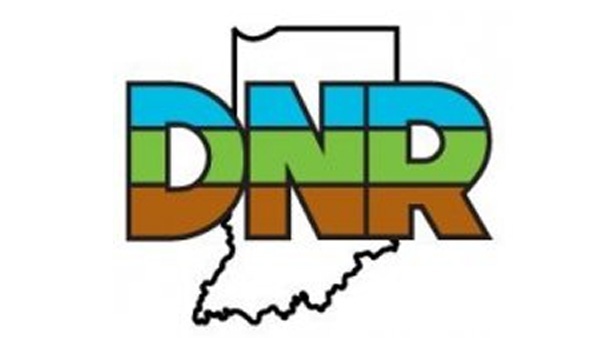 (File)
(File)
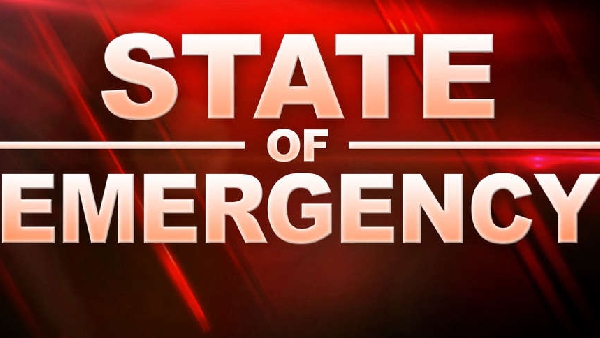 Kentucky's Governor Declares State of Emergency Ahead of 4-Day Severe Weather Event With Possible Tornadoes
Kentucky's Governor Declares State of Emergency Ahead of 4-Day Severe Weather Event With Possible Tornadoes
 Indiana Attorney General combats contraband cell phones in prisons
Indiana Attorney General combats contraband cell phones in prisons
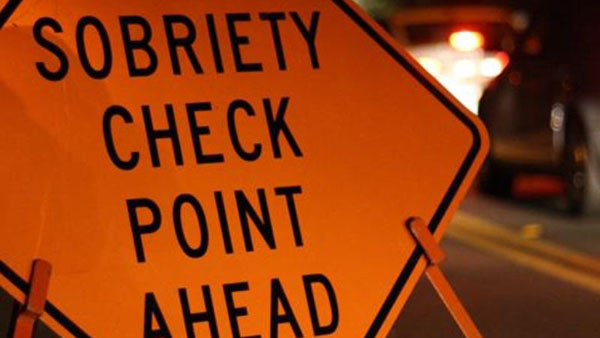 Kentucky State Police Traffic Safety Checkpoint
Kentucky State Police Traffic Safety Checkpoint

